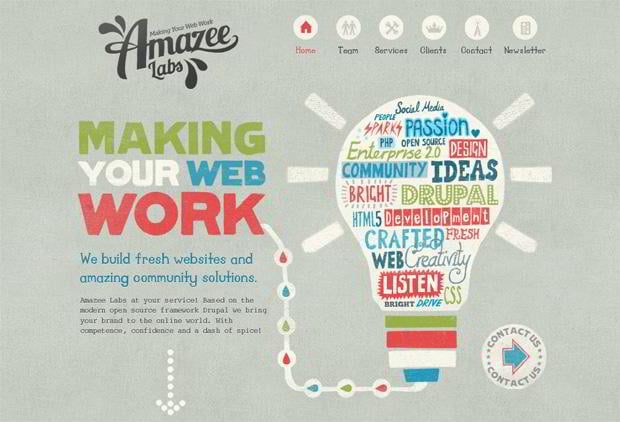The Development Of Website Design: After That And Currently
The Development Of Website Design: After That And Currently
Blog Article
Web Content Writer-Tobiasen Bojesen
In the past, web sites were straightforward and focused on details. Navigating was direct, and design was for desktops. Now, individual experience is vital. Information overviews styles for very easy navigating. Responsive layouts fit various tools. Today, dark mode reduces strain, and minimal menus enhance navigating. Interactive attributes involve users, and strong visuals stick out. AI integration increases involvement. See exactly how design has actually advanced to boost your on-line trip.
Very Early Days of Web Design
In the early days of web design, simplicity reigned supreme. Web sites were basic, with minimal shades, fonts, and layouts. The emphasis was on supplying info rather than fancy visuals. Customers accessed the web with sluggish dial-up connections, so rate and performance were key.
Navigating menus were straightforward, typically located at the top or side of the web page. Sites were created for desktop computers, as mobile surfing wasn't yet prevalent. Material was king, and designers prioritized very easy readability over complicated style components.
HTML was the key coding language used, and developers had to work within its restrictions. Animations and interactive attributes were marginal compared to today's requirements. Websites were static, with little vibrant content or tailored individual experiences.
Rise of User-Focused Style
With the evolution of site design, a change in the direction of user-focused design principles has actually ended up being significantly popular. Today, developing sites that focus on customer experience is critical for involving site visitors and attaining organization objectives. User-focused design includes comprehending the demands, choices, and actions of your target market to customize the site's format, content, and includes appropriately.
Designers now perform complete research study, such as user surveys and use screening, to collect understandings and comments directly from users. This data-driven approach aids in creating intuitive navigation, clear calls-to-action, and visually enticing user interfaces that resonate with site visitors. By positioning the customer at the facility of the design process, web sites can deliver a more personalized and delightful experience.
Receptive layout has actually likewise become a key element of user-focused layout, making certain that web sites are optimized for numerous tools and screen sizes. This flexibility boosts ease of access and functionality, satisfying the diverse methods individuals engage with sites today. Basically, the rise of user-focused layout represents a shift towards developing electronic experiences that prioritize the demands and expectations of completion customer.
Modern Trends in Website Design
Discover the current trends shaping web design today. One noticeable fad is dark setting style, supplying a sleek and modern-day appearance while reducing eye strain in low-light settings. An additional key trend is minimal navigation, streamlining food selections and boosting individual experience by focusing on essential elements. Integrating micro-interactions, such as animated buttons or scrolling effects, can develop an extra appealing and interactive internet site. Responsive style remains essential, guaranteeing smooth user experiences throughout different devices. In addition, making use of strong typography and asymmetrical designs can include aesthetic passion and draw attention to specific material.
Integrating AI technology, like chatbots for customer assistance or customized suggestions, enhances customer interaction and enhances procedures. Access has additionally end up being a significant pattern, with developers focusing on comprehensive design practices to deal with diverse user needs. Embracing sustainability by enhancing internet site efficiency for speed and performance is another emerging fad in website design. Collaborating with customer responses and information analytics to repeat and enhance style continually is vital for staying relevant in the ever-evolving digital landscape. By welcoming https://original.newsbreak.com/@suraj-kr-prakash-1591345/2611565215999-the-guide-to-digital-marketing-strategies , you can produce an aesthetically appealing, user-friendly website that resonates with your audience.
Conclusion
As you assess the evolution of website style from the very early days to now, you can see how user-focused design has actually ended up being the driving force behind modern patterns.
Welcome the journey of adjustment and adaptation in web design, constantly maintaining the individual experience at the forefront.
Tippingpointdigital
Remain existing with the most recent patterns and modern technologies, and never ever stop evolving your method to develop visually sensational and easy to use internet sites.
Evolve, adjust, and develop - the future of website design remains in your hands.
